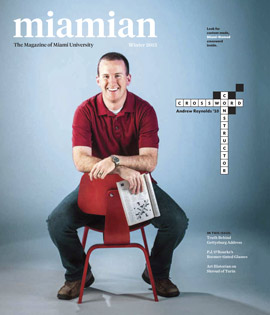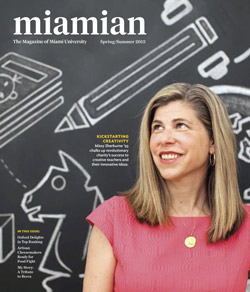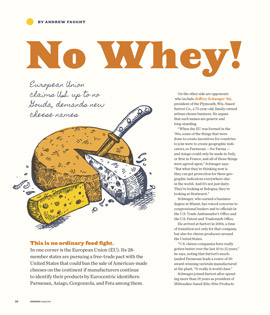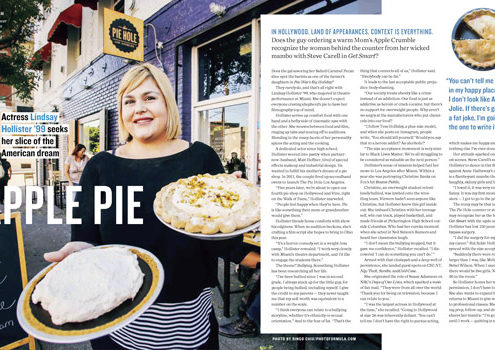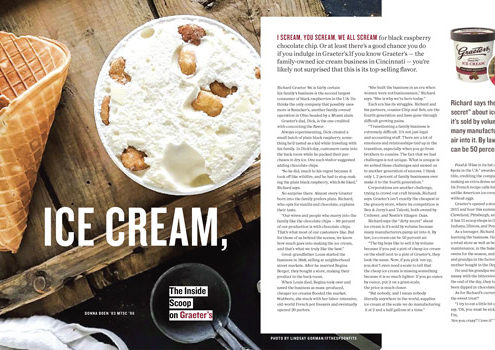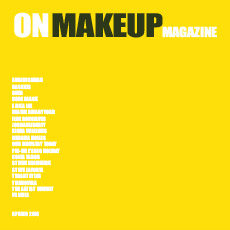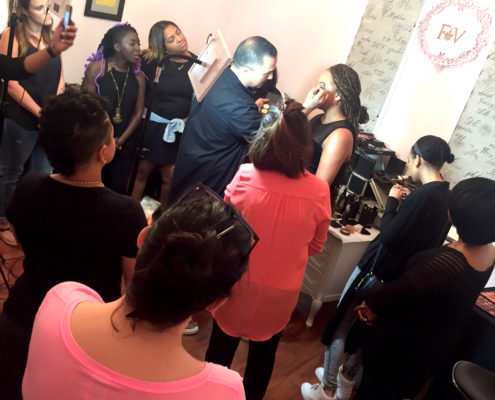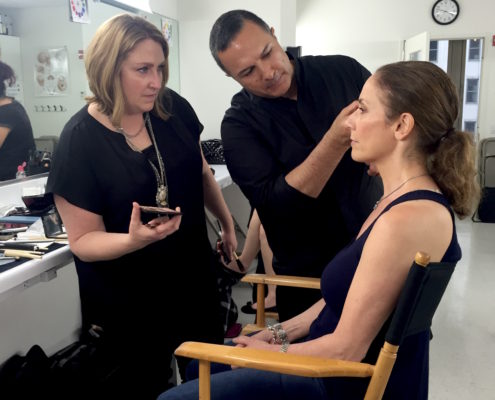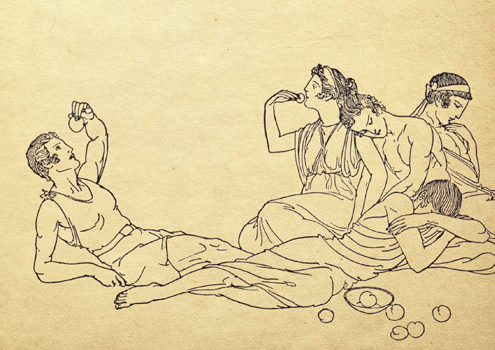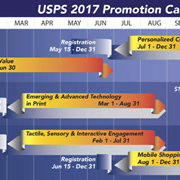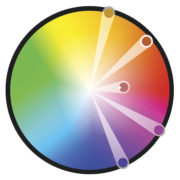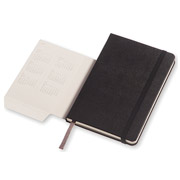Adding a Dash of Humor
Or, “A Funny Thing Happened on the Way to the Printer …”
By Donna Boen
We writers and editors are a sincere and serious people. We work hard to produce the best publications we can, down to every jot and tittle.The unsuspecting might question why we use the serial comma. But they’ll ask only once. We live for that kind of challenge, reaching for our Chicago Manuals and AP Stylebooks while we launch into a 45-minute oration.
No ifs, ands, or buts about it.
Our readers are all the better because of our fierce diligence, but sometimes … occasionally, mind you, they appreciate it when we lighten up.
I don’t mean they’re looking for knee-slapping guffaws. The plus side of being earnest is that when we take even the smallest of steps in a walk on the humorous side, readers appreciate the change of pace.
A Focus on Niche
Why Microcontent Matters Now: A Conversation with Michael DeVellis
Michael DeVellis knows the power of niche. As the founder and executive director of The Powder Group, he has built a highly successful business targeting a very small audience. We sat down with Michael to understand his “microniche” strategy, how it works, and the role his publication, On Makeup Magazine, plays in it.
Michael, it’s rare that someone who isn’t involved in publishing would start a magazine, much less such a specialized one. Some experienced publishers would have said you were nuts. Why did you do it?
You’re right, I’m not a traditional publisher. And what’s great is this frees me to do things differently. The rules don’t apply when you haven’t been operating by them already. I publish one title, for a very specific audience, and only twice a year. Publishing is not my main business; it’s an ancillary one that supports my primary business, The Powder Group, which is a resource for the professional beauty and makeup artist industry.
I started On Makeup Magazine to connect to this very specific, incredibly targeted audience — and that’s what I mean by microniche. Think of it this way: There are many publications focused on beauty — and a handful of those focus on the professional beauty industry of makeup artists and hair stylists — and then, there is an even smaller number of those that focus on connecting this audience with the businesses that serve them through trade shows and events. This is what we do. With On Makeup Magazine, I was able to exponentially raise the visibility and relevance of The Powder Group with this audience. It’s a voice that’s unique and helps us stand apart in a crowded industry.
Our Odyssey
The Quest for an Effective Volunteer Editorial Board
By Sarah Perlman
Picture a crew in a small but important vessel at sea. They’re on an extended and harrowing journey. The sailors face a series of bitter storms, fierce monsters, and tempting diversions that threaten to wreck their ship and abort their mission. The beleaguered group vacillates in the face of adversity, while the captain and the rowers try to keep the ship afloat. They have no navy for defense, nor a charted course to follow.
Sound familiar? This was (roughly) the state of affairs for the Greek hero Odysseus as he persisted through his epic sea voyage toward home at the end of the Trojan War. It was also (more roughly) the state of the Federal Bar Association (FBA) magazine staff and editorial board in the spring of 2015.
Winter 2017 Departments
Color Me Confident
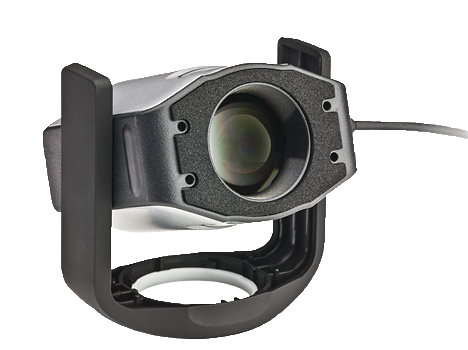
By Alexandra Paige
How many times have you seen your work in print and thought, “That’s not what the color looked like on my monitor”? It’s a challenge, this translation of color from the computer monitor to ink on paper. And for good reason: You are caught between two fundamentally different color models.
Your monitor (and any other digital device) displays color using the RGB color system. The monitor generates three colors of light (red, green, and blue), and the pixels in the screen blend these in different combinations and intensities to achieve an impressively large color range called a gamut. Since RGB color is made by adding light together, it is known as an additive color model. The more you add, the lighter the color gets until you end up with white. We’re talking about glowing pixels, and that’s why you can create colors on a monitor that glow brightly or even fluoresce.





